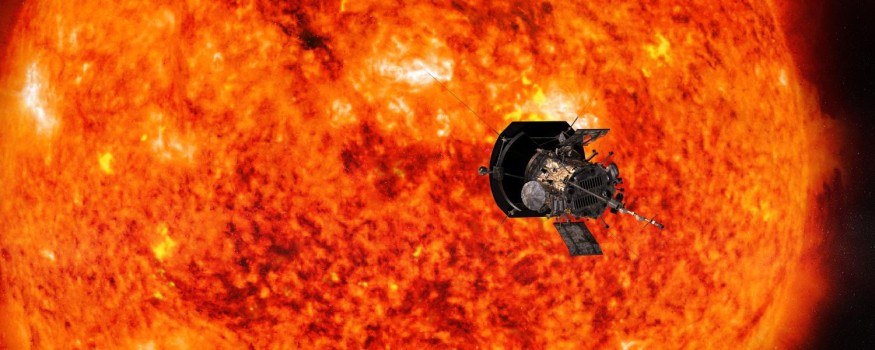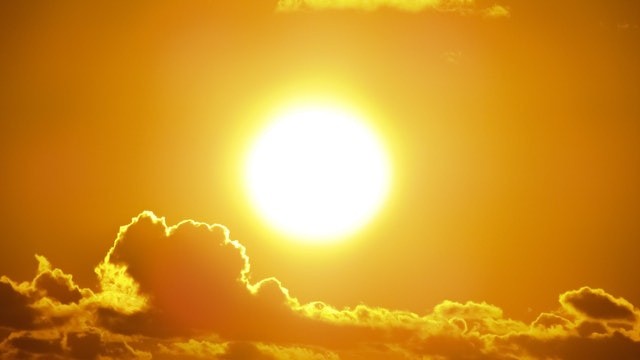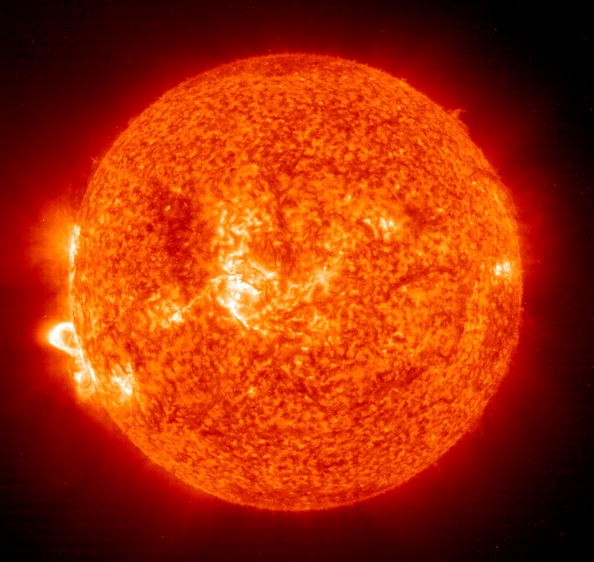A spacecraft has reached the Sun for the first time in history. NASA's Parker Solar Probe has collected particles and magnetic fields in the Sun's upper atmosphere, the corona.

The latest achievement is a huge step forward for the Parker Solar Probe and a giant leap forward for solar research. Touching the same substance the Sun is composed of will help scientists unearth crucial knowledge about our nearest star and its effect on the solar system, much as landing on the Moon helped scientists understand how it was formed.
"The Parker Solar Probe "touching the Sun" is a watershed moment in solar research and a really spectacular achievement," said Thomas Zurbuchen, assistant administrator for NASA's Science Mission Directorate in Washington. "Not only does this achievement provide us a better understanding of our Sun's evolution and its effects on our solar system, but what we learn about our own star tells us more about stars across the universe."
Read also: Solar Storm Warning: Massive Explosion from a Nearby Star Might Affect Earth in Near Future
New Discoveries

Parker is finding new discoveries that other spacecraft couldn't observe because they were too far away, including the flow of particles from the Sun that may affect us on Earth from within the solar wind. Parker revealed in 2019 that magnetic zig-zag formations in the solar wind, known as switchbacks, are abundant near the Sun. However, it remained a mystery as to how and where they formed. Parker Solar Probe has now traveled near enough to pinpoint one spot where they originate: the solar surface, after halving the distance to the Sun since then.
The first flyover into the corona - and the promise of many to come - will continue to deliver information on processes that are difficult to examine from afar.
"Flying so close to the Sun, the Parker Solar Probe is now detecting conditions in the magnetically dominated layer of the solar atmosphere - the corona - that we have never been able to detect before," said Nour Raouafi, Parker project scientist at the Johns Hopkins Applied Physics Laboratory in Laurel, Maryland. "In magnetic field data, solar wind data, and visually in photos, we detect signs of being in the corona. The spacecraft may be seen traveling through coronal formations that are visible during a total solar eclipse."
Parker Space Probe
Parker Solar Probe was launched in 2018 to delve deeper into the secrets of the Sun by journeying closer to it than any previous mission. Parker has finally come three years after its introduction and decades after its creation.
The Parker Solar Probe is part of NASA's Living with a Star program, which aims to learn more about the Sun-Earth system's effects on life and civilization. NASA's Science Mission Directorate in Washington oversees the Living with a Star program managed by the agency's Goddard Space Flight Center in Greenbelt, Maryland. The Parker Solar Probe mission is managed by NASA's Johns Hopkins University Applied Physics Laboratory in Laurel, Maryland, which also planned, constructed, and controlled the spacecraft.
Solar Atmosphere
The Sun, unlike Earth, does not have a solid surface. It does, however, have a superheated atmosphere consisting of solar material that is gravitationally and magnetically bonded to the Sun. As the material is pushed away from the Sun by increased heat and pressure, it reaches a point where gravity and magnetic fields are no longer strong enough to retain it.
Parker Solar Probe certain specific magnetic and particle conditions at 18.8 solar radii (around 8.1 million miles) above the solar surface on April 28, 2021, during its eighth flyby of the Sun, indicating it had crossed the Alfvén critical surface for the first time and finally entered the solar atmosphere.
"We were fully expecting to encounter the corona for at least a short period of time sooner or later," said Justin Kasper, deputy chief technology officer at BWX Technologies, Inc. and University of Michigan professor and lead author of a new paper about the milestone published in Physical Review Letters. "However, the fact that we've already arrived is quite thrilling."
Historic Flyby

Parker Solar Probe flew into and out of the corona many times throughout the flyby. This shows that the Alfvén critical surface is not formed like a smooth ball, as some had assumed. Instead, the surface is wrinkled by spikes and troughs. Scientists will learn more about how events on the Sun influence the atmosphere and solar wind if they can figure out where these protrusions match up with solar activity coming from the surface.
The spacecraft encountered an area where the magnetic fields were powerful enough to control particle movement for the first time. These characteristics proved the spacecraft had passed the Alfvén critical surface and entered the solar atmosphere, where magnetic forces control the movement of everything in the area.
For more cosmic news, don't forget to follow Nature World News!
© 2025 NatureWorldNews.com All rights reserved. Do not reproduce without permission.





